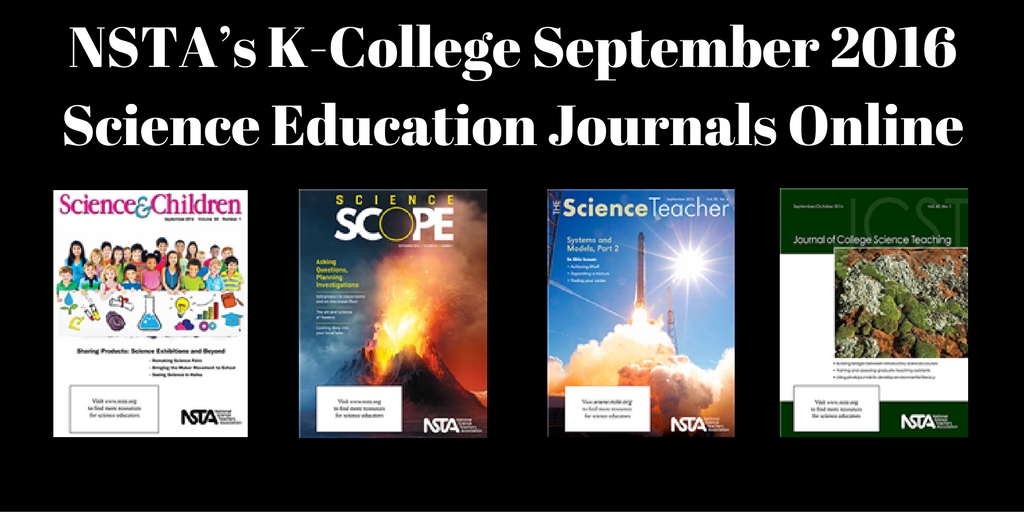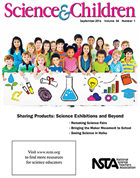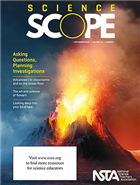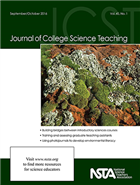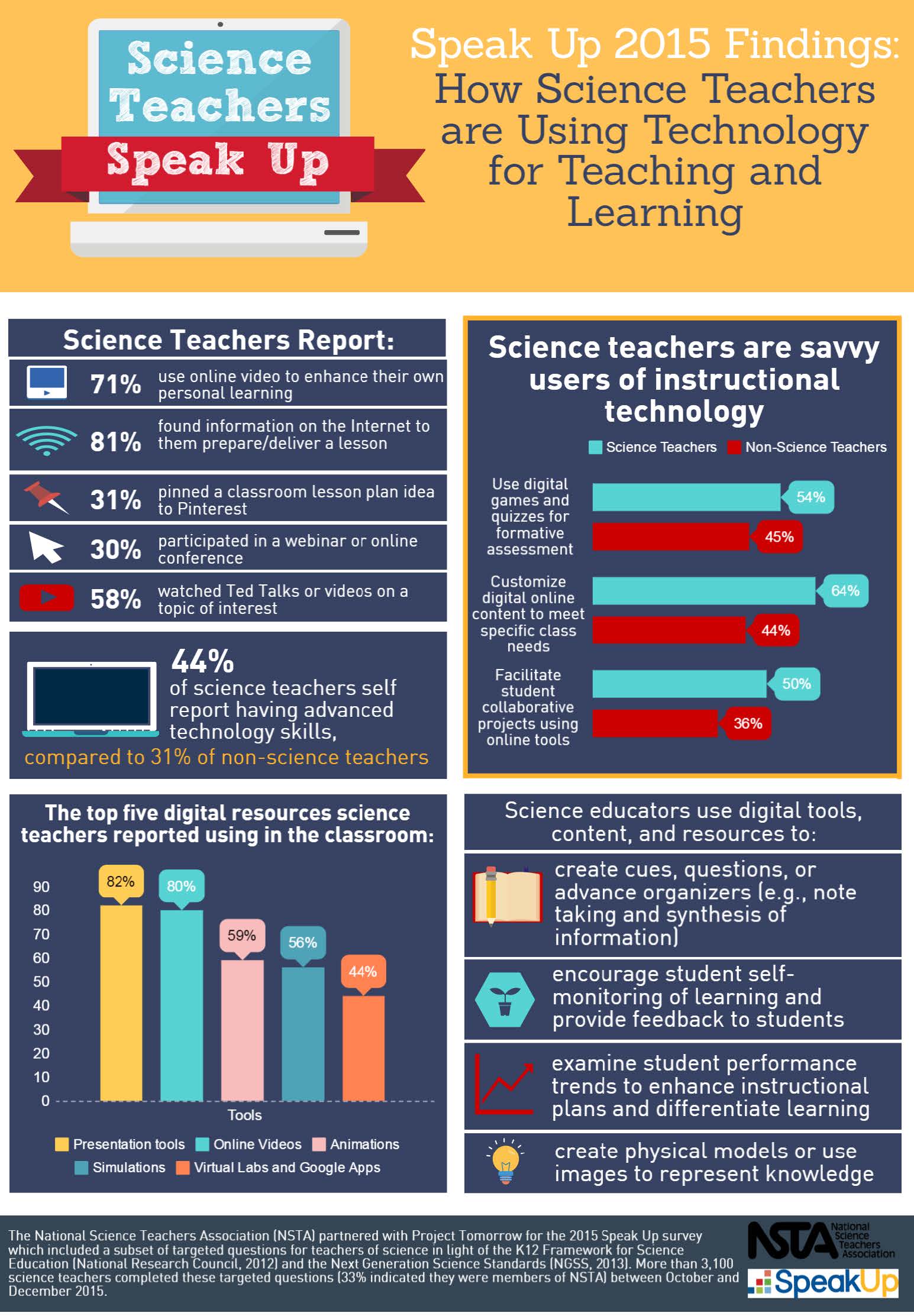
Science teachers are savvy users of instructional technology. They use a multitude of digital resources to help students explore and learn, to differentiate instruction, support collaborative classroom projects, and develop formative assessments. Science teachers also use technology (a lot) and rely on the Internet and webinars to help them increase their content knowledge, prepare for a lesson, or share ideas with others.
Earlier this year NSTA partnered with Project Tomorrow for the 2015 Speak Up survey of parents, students, and teachers to find out more about how technology supports student learning. Since 2003, Project Tomorrow has collected input from more than 30,000 schools and more than 4.5M responses have contributed to the national discussion on the use of instructional technology in the classroom. NSTA created a subset of targeted questions for teachers of science in light of A Framework for K-12 Science Education (National Research Council, 2012) and the Next Generation Science Standards (NGSS, 2013). More than 3,100 science teachers completed these targeted questions (33% indicated they were members of NSTA).
In addition to these key points, the survey tells us:
- When science teachers were asked what they would need to more efficiently and effectively integrate digital content, tools, and resources into their daily instruction, the number one answer was “Planning time to work with colleagues (63%),” followed by classroom access to technology, funding support, student safety, and professional development.
- Science teachers think these types of professional development formats are most effective to help teachers learn how to integrate technology within instruction in their classroom:
- 49%: Observations of other teachers
- 48%: In school peer coaching and mentoring
- 47%: Teacher led trainings
- 45%: In-service school or district training days
- 44%: Face to face conferences with expert presenters
- Survey respondents said these student learning experiences are most effective in improving students’ engagement and achievement in science:
- 81%: Learning from a teacher who is excited about science
- 74%: Conducting real research on topics that students are interested in
- 71%: Learning from a teacher who is well trained in science
- 67%: Watching animations, videos, or movies about science topics
- 64%: Taking field trips to places where science happens
Technology clearly supports student learning, and science teachers are quite adept at infusing technology into their classrooms. But as states and districts turn to a new way of teaching and learning science, how can technology help to support and enhance teacher practice within the context of their schools and districts?
Supporting Teacher Learning with Technology
Teachers must see examples and gain practice in modeling new instructional strategies closely aligned with their curriculum, informed by student work samples and data, iterative over time, and part of geographically dispersed digital networks that may extend and enhance access to resources, experts and other professional colleagues.
With respect to the effective use of technology, science teacher professional learning should be ground in helping students explore locally relevant science phenomena and engineering solutions.
Students should generate their own questions for exploration, gathering data, designing investigations and solutions, and developing and using models to help them more deeply understand and communicate their level of applied knowledge and skill. This type of learning can be found in the Framework for K–12 Science Education (Council, 2012) and the Next Generation Science Standards (NGSS, 2013). (In a February, 2016 blog post I outlined some of the latest research-based strategies in designing professional development solutions that will be critical to the enactment and application of the three-dimensional teaching and learning espoused in the Framework and NGSS).
For example, augmenting a student’s reality can enhance learning as they investigate their local outdoor garden, pond, or school grounds, where thought provoking suggestions for exploration may be pushed to learners based on their location within their local environment, e.g., making observations of the flora and fauna, or collecting data in situ, perhaps using digital probes measuring the PH or O2 levels in a small stream or pond and exploring implications to sustain local ecosystems.
Similarly, platforms that seamlessly integrate virtual environments with the physical realm, situated within the authentic context of local community challenges, leverage the affordances of diverse educational technology in a coherent fashion.
Teacher professional learning and the infusion of technology to aid formative assessment also hold the potential to transform teacher practice. Differentiating learning based on student understanding as they engage in learning opportunities creates the opportunity for formative assessment and a feedback loop (for both students and teachers) that holds much promise. This resonates with the Speak Up survey data results on the top instructional strategies leveraged with technology (encouraging student self-monitoring of learning and providing feedback to students and examining student performance trends to enhance instructional plans and differentiate learning).
The 2016 survey data also shed light on the need for targeted professional learning for educators as we seek to equip them, and the students they serve, to use these tools and be critical consumers of data to inform not only their immediate teaching and learning goals, but also to guide their decisions throughout their life, as they make informed decisions and participate in a scientifically literate society.
Creating Professional Learning that is Locally Sustained
It’s interesting to note that a vast majority of teachers (71% of science teachers and 65% of non-science teachers) use online video to enhance their personal learning. This data resonate with the notion of blending onsite and online teacher professional learning into coherent growth opportunities.
When teachers were asked what they would need to more efficiently and effectively integrate digital content, tools, and resources into their daily instruction, a whopping 63 percent said they needed “Planning time to work with colleagues.” This supports recommendations from the National Academies of Science, Engineering and Medicine, and Council of St
ate Science Supervisors, who call for support and delivery mechanisms that will “Enhance teacher practice through professional learning situated within the context of their schools and districts, where teachers must see examples and gain practice in modeling new instructional strategies.”
The survey also found that 81% of science teachers found information on the Internet to prepare/delivery a lesson, 58% watched Ted Talks or videos on a topic of interest, 46% attended a face-to-face conference, 31% pinned a classroom lesson plan idea to Pinterest, and 30% participated in a webinar or online conference.
Obviously the connectivity and connectedness provided via the Internet is a significantly critical support mechanism for educators. As stated in the 2016 National Education Technology Plan online learning provides immediacy, convenience, and access to other like-minded colleagues, experts, and resources that might not otherwise be available.
It is interesting to note the rise of mobile applications and social media sites like Pinterest for supporting teacher self-directed learning. What is most important though is not what platform, app, or tool is the “flavor of the month” but in how the technology is used to enhance and personalize learning. What affordances increase connectedness, sharing promising strategies, and collegial discourse among educators? Teachers realize their passion for their subject matter, learning with like-minded colleagues, and facilitating research in topics their students are interested in energizes their students’ engagement and learning of science.
Professional Learning that Transforms Practice
Research suggests that educators are more effective and that greater student learning occurs when teachers have a deeper understanding of their subject matter, and how to teach it.
NSTA recognizes and integrates online teacher activity when collaborating face-to-face and vice versa to create a coherent experience, avoiding a bolt-on, separate and isolated, click-next, home alone activity. NSTA online networks provide immediacy, convenience, and access to colleagues, experts, and resources that may otherwise not be available.
Online personal learning and an abundance of rich content are the two cornerstones of the NSTA Learning Center. There teachers will find over 12,000 digital resources, web seminars and online virtual conferences, forums with like-minded colleagues sharing the latest practices, innovations and resources in science teaching and learning, and a suite of tools that allow them to create long term professional learning plans and document their growth over time.
NSTA formally collaborates with over 180 districts and universities across the country, helping them implement their strategic goals and course offerings in support of NGSS and STEM, both at the in-service and pre-service levels, respectively. Our NSTA Learning Center platform may be configured to enhance local onsite efforts with private cohorts and administrator dashboards to help document teacher growth as they create and complete long term professional growth plans catering to their unique needs and district and school strategic plans.
The NGSS@NSTA Hub, which is integrated with the Learning Center, contains over 300+ curated resources specifically aligned to the NGSS standards, including vetted lessons, activities, simulations, models, and other type of materials that might be used for instruction and meeting the new standards. The Hub has become a central source for science educators to locate professional learning, materials and resources to work towards the vision of the NGSS and Framework.
The NSTA Position Statements on a number of key issues including the role of technology in science education, NGSS, and inquiry support high impact and transformative instruction.
NSTA is now beginning to collaborate with districts to support local efforts to build capacity by providing districts with targeted, face-to-face onsite programs (beyond our conferences), and with focused online webinars and moderated discussion on three dimensional learning through the NGSS@NSTA resource portal and NSTA Learning Center.
We are proud of the work NSTA does to combine online and onsite experiences that provide teachers of science with these multi-year, sequenced growth opportunities and we invite you to learn more at www.nsta.org.
 Al Byers, Ph.D., NSTA Associate Executive Director, Strategic Development and Research
Al Byers, Ph.D., NSTA Associate Executive Director, Strategic Development and Research
The mission of NSTA is to promote excellence and innovation in science teaching and learning for all.
Future NSTA Conferences
2016 Area Conferences
2016 National Conference
Follow NSTA



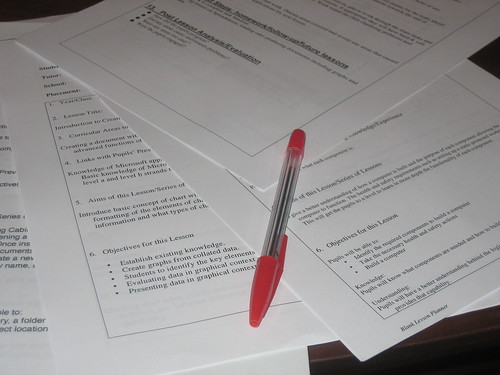 I’m a first-year middle school life science teacher. After a few weeks, I am really stressed with all of the planning and paperwork. Any resources or words of encouragement? —L., New York
I’m a first-year middle school life science teacher. After a few weeks, I am really stressed with all of the planning and paperwork. Any resources or words of encouragement? —L., New York Getting to know where our food comes from is the first step and teachers want to plan meaningful, accurate experiences so young children can become familiar with food sources. We have tastings of different apple varieties, children graph their favorite flavor, and we read
Getting to know where our food comes from is the first step and teachers want to plan meaningful, accurate experiences so young children can become familiar with food sources. We have tastings of different apple varieties, children graph their favorite flavor, and we read 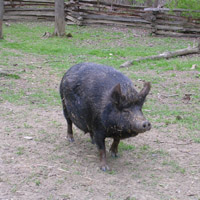


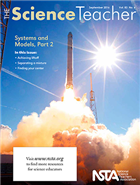
 My principal asked me to be a mentor for a new science teacher. I received a checklist of high school policies to review, but how can I help him in other ways? – T., New Jersey
My principal asked me to be a mentor for a new science teacher. I received a checklist of high school policies to review, but how can I help him in other ways? – T., New Jersey
 Al Byers, Ph.D., NSTA Associate Executive Director, Strategic Development and Research
Al Byers, Ph.D., NSTA Associate Executive Director, Strategic Development and Research



